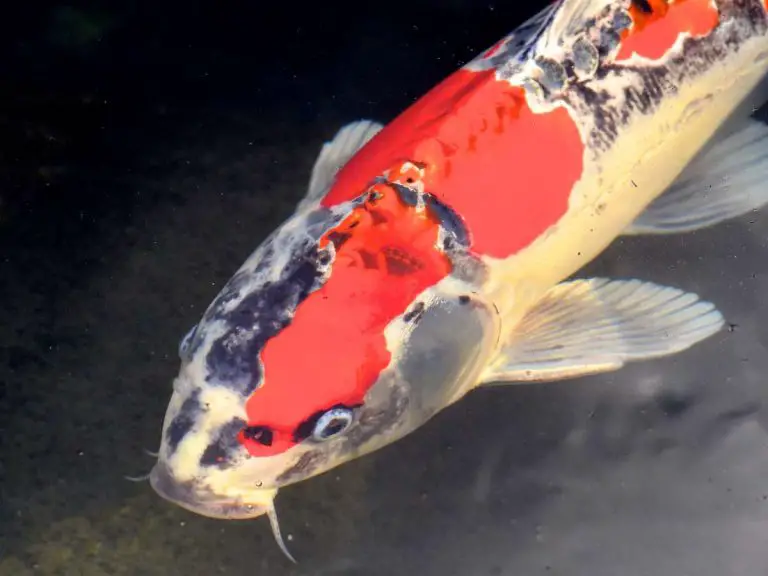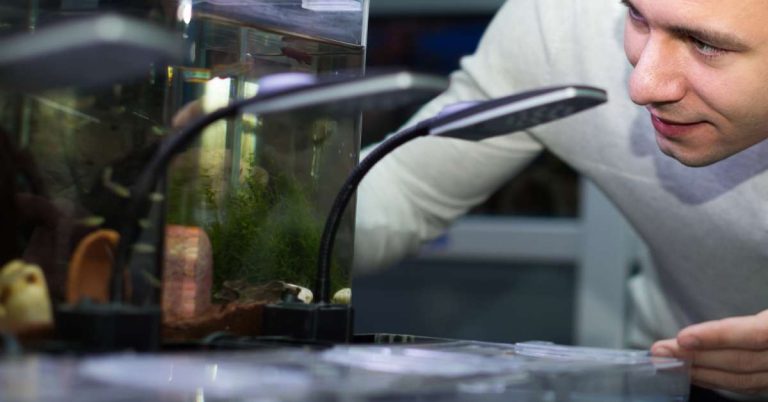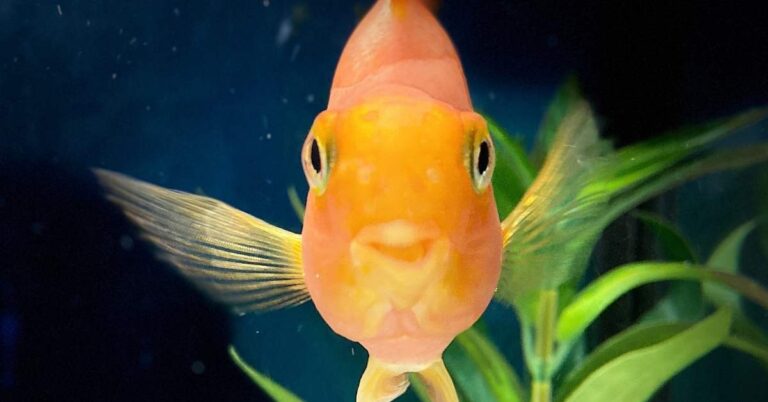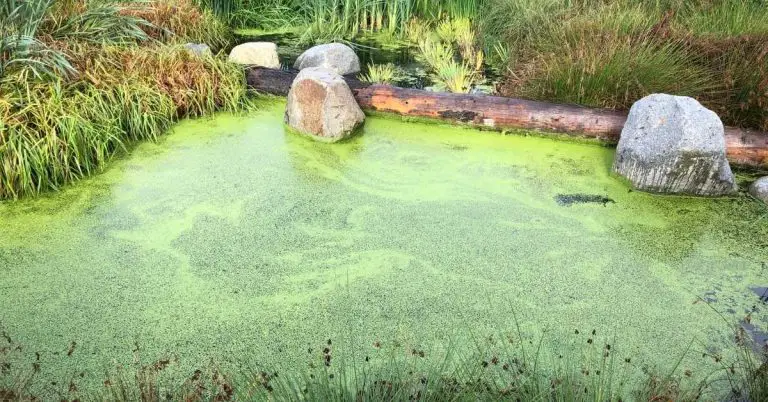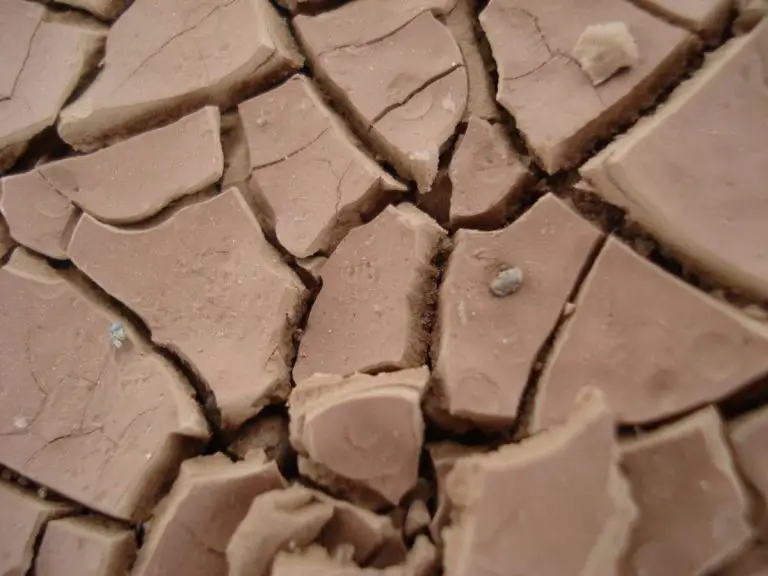Koi Pond Alkalinity (KH) Guide: Measurements, Testing, and Maintenance for Optimal Koi Health
If you’re the owner of a Koi pond, you know how crucial it is to maintain the health and quality of the water. For this reason, Alkalinity (expressed as KH) is exactly one of the factors you should be on constant watch for.
Koi pond alkalinity KH refers to the measurement of carbonate hardness in the water, which is essential for keeping your koi healthy and your pond in optimal condition. It acts as a buffer, helping to stabilize pH levels and prevent harmful fluctuations.
The optimal KH level for a Koi pond is approximately 9-12 degrees of hardness (°KH). This can be measured using a simple KH water test kit that determines the carbonate hardness through a “titration” method.
Now, let’s explore the importance of carbonate hardness for koi pond health, explain how to test and measure alkalinity levels, discover the optimal KH range for water quality, and even delve into troubleshooting imbalanced alkalinity.
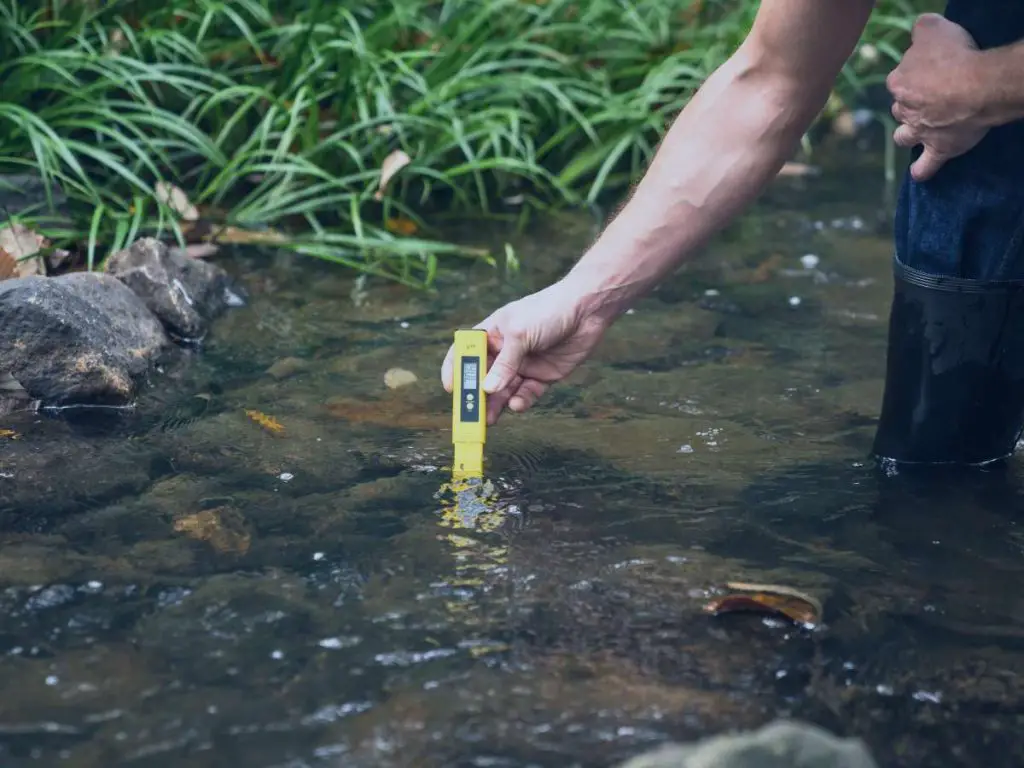
So, What’s The Difference Between Alkalinity & KH?
Alkalinity and KH (Carbonate Hardness) are terms often used interchangeably in the context of koi pond water quality. However, while they are closely related, they are not the same thing.
Understanding the distinction between the two is crucial for maintaining the health and well-being of your koi fish.
| Parameter | Definition | Importance for Koi Ponds |
|---|---|---|
| Alkalinity | Measures the water’s ability to neutralize acids and resist changes in pH. | Ensures stable living conditions and prevents pH swings. |
| KH | Measures the concentration of bicarbonates and carbonates in the water. | Directly influences pH stability. |
Alkalinity
Alkalinity refers to the capacity of water to neutralize acids, which means it’s a measure of the water’s ability to resist changes in pH. In simpler terms, it’s the water’s buffering capacity.
Alkalinity is influenced by the presence of bicarbonates, carbonates, and hydroxides in the water. These compounds act as a buffer, preventing drastic pH swings which can be harmful to koi fish.
A stable pH ensures that the water remains conducive for koi health, as sudden changes can stress or even kill the fish.
KH (Carbonate Hardness)
KH, on the other hand, specifically measures the concentration of bicarbonates (HCO₃⁻) and carbonates (CO₃²⁻) in the water. It’s a subset of total alkalinity. KH plays a direct role in stabilizing pH levels.
The higher the KH, the more stable the pH. However, a very high KH can make it challenging to adjust the pH when necessary.
Water hardness is primarily determined by the concentration of dissolved minerals in the water. The main contributors to water hardness are calcium and magnesium ions.
These minerals usually enter the water through the dissolution of rocks and soils, with limestone (calcium carbonate) and dolomite (magnesium carbonate) being common sources.
Why the Distinction Matters
While the terms are often used interchangeably, it’s essential to understand the difference when testing pond water. For instance, you might have a situation where the total alkalinity is high due to the presence of other compounds, but the KH is low.
This could mean that while the water has a good buffering capacity overall, it might not effectively resist changes in pH. Conversely, a high KH indicates a strong resistance to pH changes, but it doesn’t give a complete picture of the water’s total buffering capacity.
Why KH is Sometimes Referred to as dKH
In the context of a koi pond, KH measures the carbonate hardness of the water, crucial for stabilizing pH levels. The term “dKH” is sometimes used, with the “d” standing for “degree,” originating from the German word “Grad.” Essentially, when discussing koi pond water quality, “dKH” refers to “degrees of carbonate hardness.”
Importance of Carbonate Hardness for Koi Pond Health
To keep your beautiful Koi fish thriving, it’s essential to understand the role of alkalinity in their overall health.
Alkalinity, specifically carbonate hardness (KH), directly affects the water chemistry of the pond. Maintaining the right alkalinity levels ensures a stable environment for your koi to thrive.
The impact of imbalanced alkalinity on koi pond ecosystem
Imbalanced alkalinity levels can have a significant impact on the delicate balance of your koi pond ecosystem.
Too low alkalinity can lead to pH instability and make your koi vulnerable to stress and disease. On the other hand, excessive alkalinity can also disrupt the ecosystem, causing water to become dangerously “basic” and negatively impacting the health of your koi.
The consequences of low and high alkalinity levels
Low alkalinity levels can have detrimental effects on your koi’s health as well. It can lead to pH fluctuations, which can stress out your Koi and make them more susceptible to diseases.
Additionally, low alkalinity can hinder the growth and development of beneficial bacteria, disrupting the natural balance in the pond.
On the other hand, high alkalinity levels can lead to water becoming too basic, causing stress to your koi and impacting their ability to breathe and regulate their bodily functions.
Testing and Measuring Koi Pond Alkalinity
When it comes to ensuring the health and well-being of your koi, testing and measuring the alkalinity of your pond water is absolutely crucial.
By understanding the alkalinity levels, you can make informed decisions about maintaining optimal water quality for your beloved fish.
But how exactly do you go about testing and measuring koi pond alkalinity? Let’s dive in and explore the different methods!
Different methods for testing alkalinity
There are several methods available for testing the alkalinity of your koi pond, each with its own advantages and disadvantages. The most common methods include titration test kits and electronic pH meters.
Titration test kits involve adding a reagent to a water sample and observing color changes to determine alkalinity levels. Electronic pH meters, on the other hand, provide instant and accurate readings by measuring the electrical potential between two electrodes.
Koi Pond KH & Calcium Levels Guide
| Free Calcium [Ca++] (mg/L) (ppm) | Carbonate Hardness [CaCO3] (mg/L) (ppm) | Hardness Degrees [10 mg CaO/L] (°KH) |
|---|---|---|
| 12 | 30 | 1.6 |
| 28 | 70 | 4 |
| 52 | 135 | 7.5 |
| 78 | 200 | 11.5 |
| 105 | 265 | 15 |
| 130 | 320 | 18 |
Step-by-step guide on measuring alkalinity levels
Here is a step-by-step guide to help you measure the alkalinity levels in your koi pond:
- Start by collecting a water sample from your pond. It’s important to gather it from a representative area to ensure accurate results.
- If you’re using a titration test kit, carefully follow the instructions provided. Typically, you’ll need to add a few drops of the reagent to a water sample and mix it gently.
- Observe any color changes in the water. These color changes indicate the alkalinity levels in your pond.
- If you’re using an electronic pH meter, follow the manufacturer’s instructions to calibrate the device.
- Once calibrated, dip the electrodes of the pH meter into the water sample and wait for a stable reading to appear on the screen.
- Record the alkalinity levels measured by the test kit or pH meter for future reference.
Recommended testing frequency for optimal koi pond management
Regular testing is vital for maintaining optimal alkalinity levels in your koi pond.
It’s generally recommended to test the alkalinity at least once a month, or more frequently during periods of significant water quality fluctuations or when introducing new fish or plants to the pond.
This regular monitoring will help you identify any potential issues early on and take the necessary steps to rectify them.
Optimal KH Range for Koi Pond Water Quality
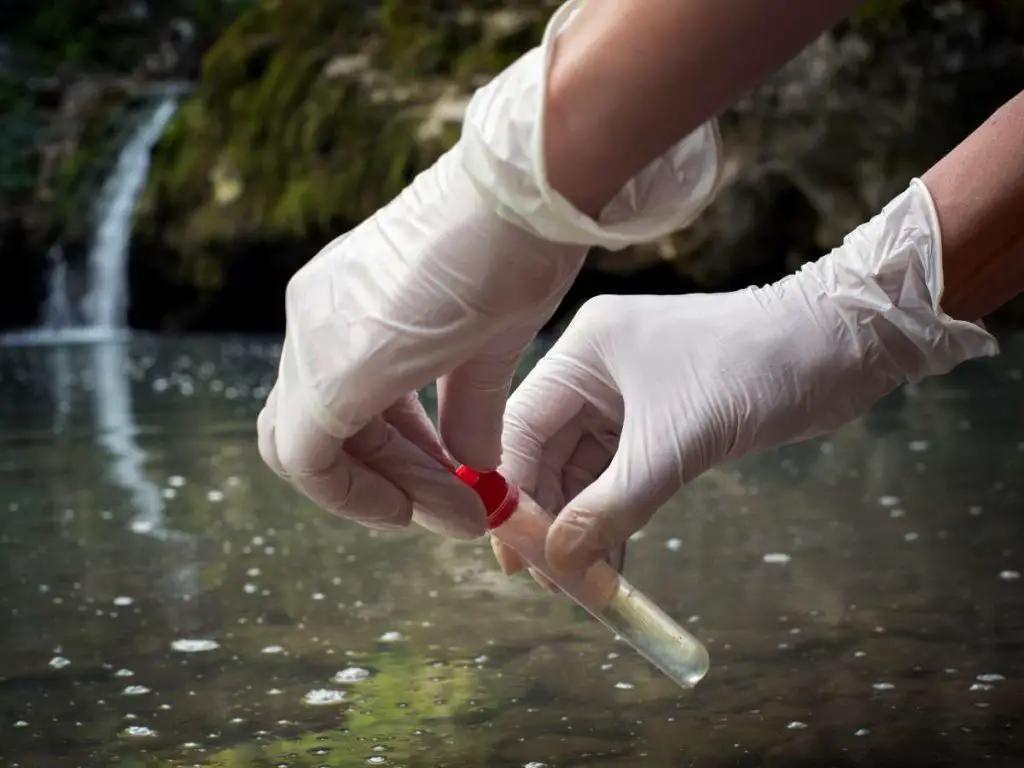
KH, or koi pond alkalinity, plays a significant role in maintaining the water quality of your koi pond. Determining the ideal KH range is crucial for the health and well-being of your koi and the overall ecosystem of the pond.
| KH Range (dKH) | Description | Implications for Koi Ponds |
|---|---|---|
| 0-4 | Very Low KH: The water has minimal buffering capacity. | The pH can fluctuate rapidly, which can stress koi. Immediate action is needed to increase the KH. |
| 5-8 | Low KH: The water has some buffering capacity but is still on the lower side. | While better than very low KH, there’s still a risk of pH swings. It’s advisable to increase the KH slightly. |
| 9-12 | Optimal KH: This is the ideal range for koi ponds, offering stable pH levels. | The water quality is conducive for koi health. Regular monitoring is essential to maintain this range. |
| 13-16 | High KH: The water has a strong buffering capacity, which might make pH adjustments tough. | While not immediately harmful, it might be challenging to adjust pH if needed. Consider reducing the KH. |
| 17 & above | Very High KH: The buffering capacity is excessively high. | There’s a risk of mineral buildup and potential harm to koi. It’s crucial to take measures to decrease the KH. |
Determining the ideal KH range for koi health and well-being
When it comes to KH levels in your Koi pond, it’s essential to strike a balance. The recommended range for koi pond alkalinity is typically between 100 and 200 ppm (parts per million). This range provides the necessary stability for your koi, ensuring their health and well-being.
High alkalinity levels, exceeding 200 ppm, can lead to issues such as pH stability problems and increased susceptibility to diseases. On the other hand, low alkalinity levels, below 100 ppm, can make the water highly acidic, which can be harmful to your koi’s health and cause stress.
Factors that influence the desired alkalinity levels
Various factors can affect the optimal alkalinity range for your koi pond. These factors include the size of your pond, the number of koi, and the presence of plants or other organisms in the water.
A larger pond may require a higher KH range to maintain stability, while a smaller pond may fare well with a slightly lower KH range.
Furthermore, the number of koi in your pond can also influence the desired alkalinity levels. More koi generally means a higher biological load, which can lead to faster pH fluctuations.
In such cases, a slightly higher KH range might be necessary to counterbalance these fluctuations and maintain stability.
Understanding the implications of KH variations on koi pond ecosystem
Variations in KH levels can have ripple effects on the entire ecosystem of your koi pond. Fluctuations in alkalinity can impact the pH levels, which, in turn, affect the overall water quality.
Unstable KH levels can make it difficult for beneficial bacteria to thrive, disrupt the nitrogen cycle, and compromise the health of your koi.
Additionally, imbalanced KH levels can lead to stress and weakened immunity in your koi, making them more susceptible to diseases and infections. By maintaining the optimal KH range, you provide a stable and healthy environment for your koi to thrive and reduce the risk of health issues.
How To Adjust The Alkalinity Levels In A Koi Pond
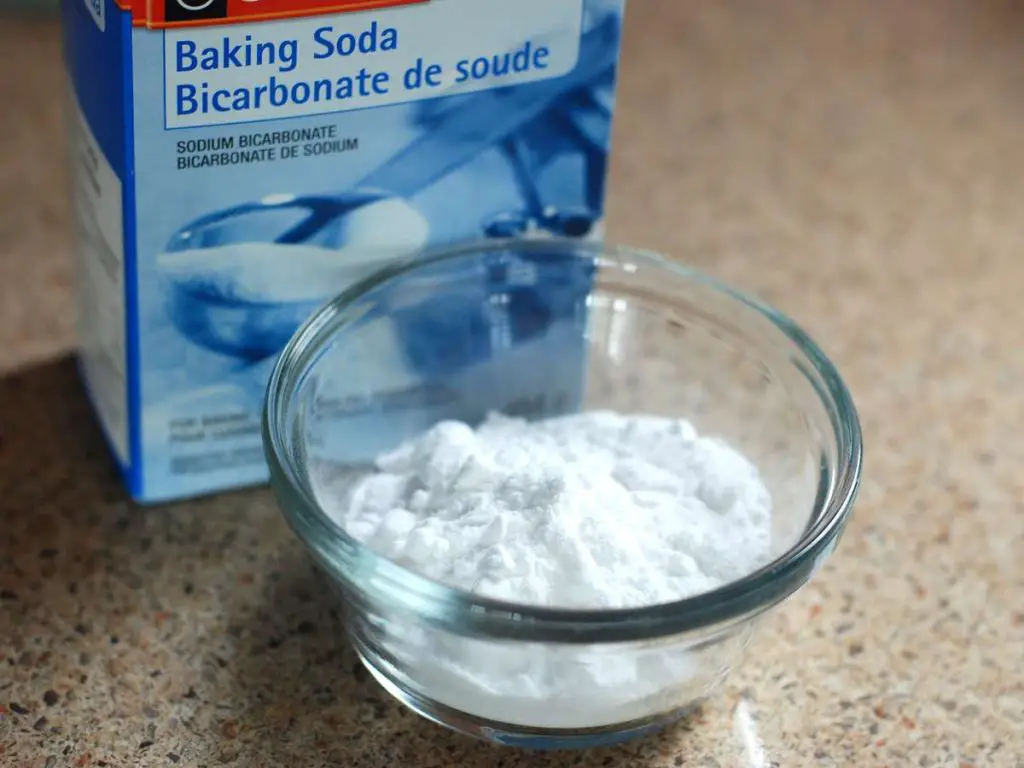
If you find that the alkalinity levels in your koi pond are too low, don’t worry! There are several ways to increase the alkalinity and restore balance to your pond ecosystem.
One method is by adding baking soda or sodium bicarbonate to the water. This will help raise the carbonate hardness and bring the alkalinity levels back up. Just be sure to follow the recommended dosage instructions and test the water regularly to ensure you’re not overshooting the target.
Another option is to use crushed coral or limestone as a substrate in your pond. These materials naturally contain calcium carbonate, which will increase the alkalinity over time.
Simply place the crushed coral or limestone in a mesh bag and submerge it in the water. This method is effective but may take some time to see noticeable results.
Lastly, you can also consider using alkalinity buffers or commercial alkalinity products specifically designed for koi ponds. These products are formulated to quickly and effectively raise alkalinity levels.
Just make sure to carefully follow the instructions provided by the manufacturer to avoid any potential harm to your koi or the pond ecosystem.
How to Raise the Alkalinity Levels in Koi Ponds
Adjusting Alkalinity in Koi Ponds with Baking Soda and Limestone:
| Desired Alkalinity Increase | Baking Soda (per 1,000 gallons) | Crushed Limestone (per 1,000 gallons) |
|---|---|---|
| 10 ppm | 1.3 ounces (37 grams) | 2.5 ounces (70 grams) |
| 20 ppm | 2.6 ounces (74 grams) | 5 ounces (140 grams) |
| 30 ppm | 3.9 ounces (110 grams) | 7.5 ounces (210 grams) |
| 40 ppm | 5.2 ounces (147 grams) | 10 ounces (280 grams) |
| 50 ppm | 6.5 ounces (184 grams) | 12.5 ounces (350 grams) |
Important Notes:
- Before adding any substances, always test the current alkalinity levels using a reliable water test kit.
- Add the recommended amount gradually, mixing it well with pond water, and monitor the pH and alkalinity levels after each addition.
- It’s advisable to wait 24-48 hours between adjustments to allow the pond ecosystem to stabilize.
- Always ensure that the baking soda or limestone is evenly distributed throughout the pond for consistent results.
Remember, while baking soda and limestone are effective in adjusting alkalinity, it’s essential to make changes slowly and monitor the water parameters regularly to ensure the health and well-being of the koi.
Techniques for decreasing alkalinity in a koi pond
If you have the opposite problem and your alkalinity levels are too high, there are a few techniques you can try to lower the carbonate hardness.
One option is to perform regular water changes, replacing a portion of the pond water with fresh, dechlorinated water. This will help dilute the alkalinity and bring it down to a more desirable level.
Another method is to use a chemical additive called an acid buffer, which can actively lower the alkalinity. Acid buffers work by neutralizing the carbonate ions in the water, reducing the overall alkalinity.
However, it’s important to note that using acid buffers should be done with caution and under close supervision, as adding too much can lead to sudden and drastic changes in pH levels, which can be harmful to your koi.
It’s always a good idea to consult with a professional or an experienced koi keeper before attempting to lower the alkalinity levels in your pond. They can provide valuable guidance and ensure that you’re taking the appropriate steps to maintain a healthy environment for your koi.
Considerations when adjusting alkalinity levels
When adjusting the alkalinity levels in your koi pond, it’s important to keep a few considerations in mind. First, remember to make gradual changes rather than sudden ones.
Koi are sensitive creatures, and drastic fluctuations in water parameters can stress them out and compromise their health. So take it slow and monitor the changes closely.
Additionally, always test the alkalinity after any adjustments to ensure that you’re reaching the desired levels. Regular monitoring is key to maintaining a healthy pond environment for your koi.
Lastly, be mindful of the other water parameters in your pond, such as pH and temperature. These factors can also impact the alkalinity levels, so make sure to keep them in balance as well.
Troubleshooting Imbalanced Alkalinity: Signs & Symptoms To Look For in Koi Ponds
When it comes to maintaining a healthy koi pond, keeping an eye on alkalinity levels is crucial. Imbalanced alkalinity can lead to a variety of problems, and it’s important to be able to recognize the signs.
Some common indicators of alkalinity imbalance include pH fluctuations, excessive algae growth, and poor water clarity. If you notice your pond water becoming cloudy or your koi displaying unusual behavior or distress, it could be a sign that something is off with the alkalinity.
Potential causes of alkalinity imbalance
There are several factors that can cause alkalinity imbalance in a koi pond. One common culprit is excessive organic waste, such as fish waste or uneaten food, which can lead to a buildup of ammonia and other harmful substances that throw off the pond’s alkalinity.
Another cause can be the presence of certain minerals or chemicals in the water source used to fill the pond. Over time, these substances can accumulate and disrupt the alkalinity levels. Additionally, changes in weather conditions or sudden water evaporation can also affect alkalinity.
Steps to rectify imbalanced alkalinity and restore optimal levels
If you suspect that your pond’s alkalinity is imbalanced, don’t panic! There are steps you can take to rectify the situation and restore optimal levels. First, perform a water test to accurately measure the alkalinity. This will help you determine if it is too high or too low.
If the alkalinity is too low, you can increase it by adding baking soda or a commercial alkalinity increaser to the pond. On the other hand, if the alkalinity is too high, you can lower it by performing a partial water change or using a pH decreasing product specifically designed for koi ponds. Regular water testing and monitoring will help you maintain the proper alkalinity levels and ensure a healthy environment for your koi.
Best Practices for Maintaining Koi Pond Alkalinity KH
When it comes to koi pond alkalinity KH, maintaining balanced levels is vital for the health and well-being of your precious koi and the overall ecosystem of your pond. To ensure optimal water quality and koi health, here are some best practices you should follow:
Regular monitoring and testing
Regularly monitoring and testing the alkalinity levels in your koi pond is the key to staying on top of any potential imbalances.
By testing the water regularly, you can catch any changes or fluctuations in alkalinity early on and take necessary measures to rectify them.
This will help prevent any adverse effects on your koi and maintain a stable and healthy pond environment.
Proper water management and maintenance
In addition to regular testing, proper water management is crucial for maintaining balanced alkalinity in your koi pond. This means ensuring proper filtration, circulation, and aeration within your pond.
Adequate filtration will help remove any waste or debris that can affect alkalinity levels, while proper circulation and aeration will prevent the water from becoming stagnant, which can lead to imbalances.
Regularly cleaning and maintaining your pond equipment, such as filters and pumps, will also contribute to maintaining optimal water quality.
Tips for preventing alkalinity fluctuations
Preventing alkalinity fluctuations in your koi pond is just as important as knowing how to rectify them. Here are some tips to help you maintain a stable alkalinity level in your pond:
- Monitor pH levels: Keeping an eye on the pH levels in your pond is essential, as pH and alkalinity are closely related. Fluctuations in pH can indicate potential changes in alkalinity, so regular pH testing is recommended.
- Use buffers: Adding alkalinity buffers, such as baking soda or calcium carbonate, can help stabilize alkalinity levels and prevent sudden drops or spikes.
- Monitor fish feeding: Overfeeding your koi can lead to increased waste production, which can impact water quality and alkalinity. Be mindful of your koi’s feeding habits and adjust the amount of food accordingly.
- Consider water source: If you use tap water to fill your pond, be aware of its alkalinity levels. Some tap water sources may have high alkalinity, which can affect the overall balance in your pond. Testing and treating tap water, if necessary, can help maintain a stable alkalinity level.
By following these best practices, you can ensure that your koi pond maintains optimal alkalinity levels. Regular monitoring, proper water management, and preventative measures will all contribute to creating a thriving ecosystem for your koi and a beautiful, healthy pond.
Final Thoughts
In a nutshell, maintaining a balanced alkalinity level in your koi pond is vital for the health and well-being of your koi and the overall ecosystem of the pond. By understanding the importance of koi pond alkalinity KH and its implications, you can ensure that your koi thrive and your pond remains a beautiful and thriving habitat.
Key Takeaways
- Koi pond alkalinity KH refers to the measurement of carbonate hardness in the water.
- Alkalinity plays a crucial role in promoting koi health and maintaining water quality.
- Imbalanced alkalinity can lead to various negative effects on the koi pond ecosystem.
- Testing and measuring alkalinity levels is essential for proper management.
- The ideal KH range for koi pond water quality depends on various factors.
- Methods for adjusting alkalinity levels include increasing or decreasing the carbonate hardness.
- Troubleshooting imbalanced alkalinity involves identifying signs, finding the causes, and taking steps to rectify the issue.
- Maintaining koi pond alkalinity KH requires regular monitoring, proper water management, and preventive measures.
By following these best practices and staying diligent in your pond maintenance, you can create an optimal environment for your koi to thrive. So, go ahead and measure that alkalinity, make adjustments if needed, and enjoy a healthy and vibrant koi pond for years to come!
Related Questions
How does alkalinity affect the pH level in a koi pond?
In a koi pond, alkalinity acts as a buffering agent. It helps prevent rapid fluctuations in pH levels by absorbing acids and stabilizing the water. Therefore, maintaining proper alkalinity is essential for maintaining a stable and optimal pH level in the koi pond.
Can I use baking soda to increase alkalinity in my koi pond?
Yes, baking soda can be used to increase alkalinity in a koi pond. It is a commonly used and affordable option. However, it is important to carefully measure and add baking soda to avoid rapid alkalinity changes. It is recommended to consult with a water chemistry expert or koi pond professional for proper dosage instructions.

